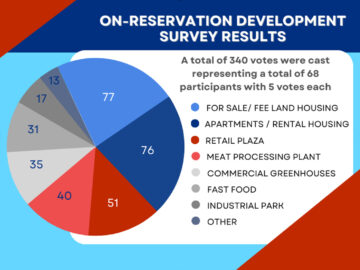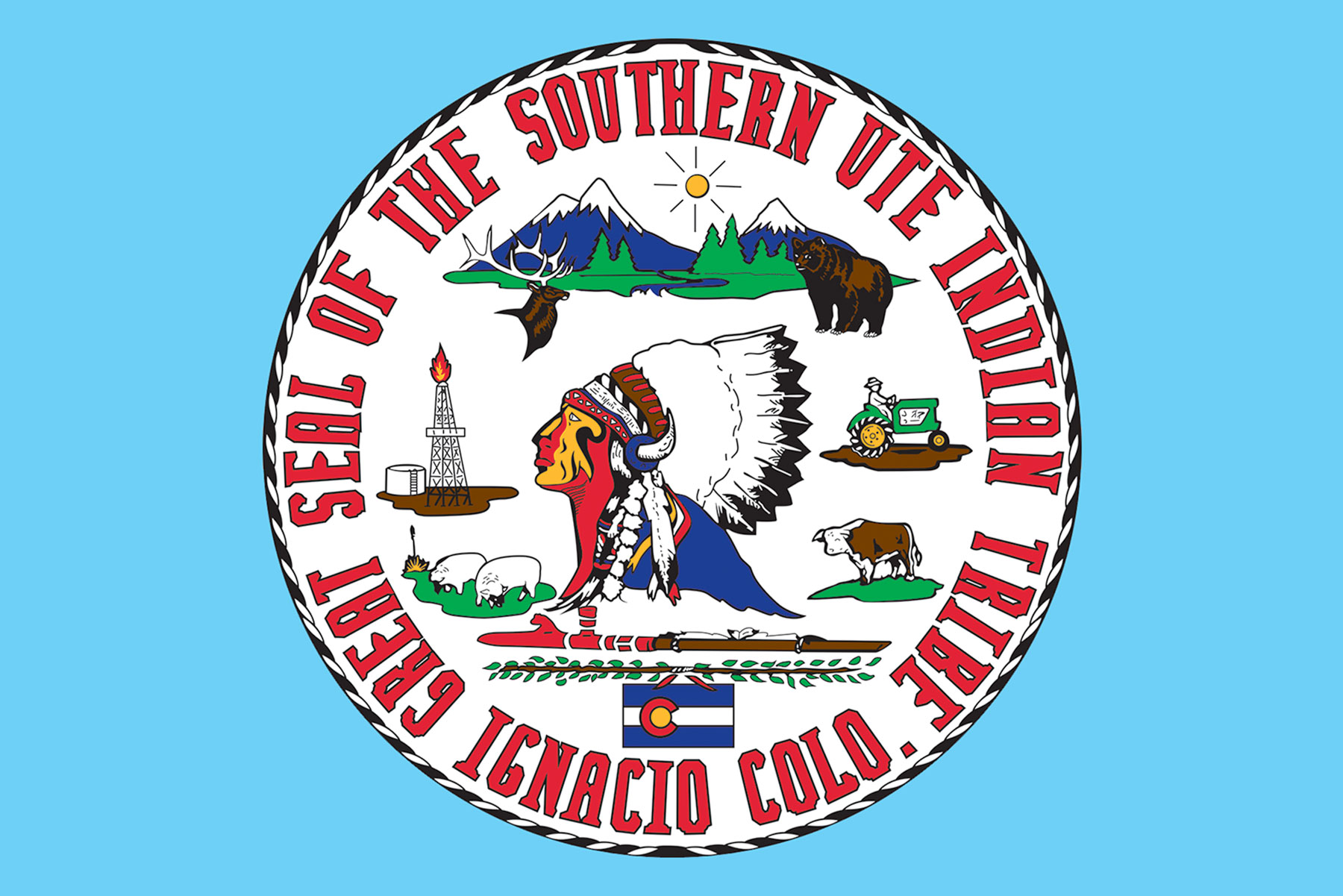In November of 2022 Southern Ute Economic Development began the process of updating the Tribe’s Comprehensive Economic Development Strategy or CEDS for short. This is the first update to the Tribe’s original CEDS that was developed in 2018. This update builds upon the work of the original, while incorporating new data and introducing new concepts to address the needs of the Tribe in a post COVID-19 pandemic economic environment.
What is a CEDS?
A CEDS is a strategy-driven plan for regional economic development designed to build capacity and guide the economic prosperity and resiliency of a specific area or region. The Tribe’s CEDS identifies strategies to enhance and improve the economic environment of the Southern Ute Indian Reservation. A typical CEDS would serve as a guide to the Tribe’s economic development efforts for the next five years. The US Economic Development Agency (EDA) has asked that the Tribe limit the scope of this CEDS update to a two-year window of 2023-2025. This request is being made to help the EDA get all tribes on the same five-year rotation for future CEDS updates starting in 2025. Having an active CEDS that has been approved by the EDA improves the Tribe’s eligibility for various federal grants.
This update to the CEDS is the result of an extensive strategic planning process that engaged Southern Ute tribal members, tribal staff, and regional partners to conduct research, interviews, and provide input. This process was led by a 16-member stakeholder committee known as the CEDS Committee that consisted of Economic Development staff along with representatives from Tribal Council, tribal departments, and tribal business entities. The CEDS Committee held a number of strategy sessions over the course of several months during which five strategic priorities were identified and developed.
Those five priorities are:
- Improve the availability of diverse housing options.
- Expand high-speed broadband connectivity.
- Increase commercial infrastructure and community amenities.
- Improve tribal economic development capacity and ability to leverage underutilized resources.
- Enhance opportunities for business creation.
Each of these priorities has been organized into a one-page roadmap within the CEDS that outlines the desired outcome, goals, action items, and performance measures linked to each strategy.
 A survey conducted at the General Meeting on July 13th provided confirmation that the priorities developed by the CEDS Committee were on the right track. The survey had participants vote on what types of on-reservation development should be prioritized to best improve quality of life and enhance the tribal economy. The results of that survey showed tribal members strongly favor prioritizing housing development on the Reservation, with a slight edge to fee-land for sale homes followed by apartments for tribal employees and community workforce.
A survey conducted at the General Meeting on July 13th provided confirmation that the priorities developed by the CEDS Committee were on the right track. The survey had participants vote on what types of on-reservation development should be prioritized to best improve quality of life and enhance the tribal economy. The results of that survey showed tribal members strongly favor prioritizing housing development on the Reservation, with a slight edge to fee-land for sale homes followed by apartments for tribal employees and community workforce.
This aligns directly with CEDS Priority #1. Development of a retail plaza was the next highest vote — highlighting the desire for increased commercial infrastructure and amenities aligning with CEDS Priority #3. A meat processing plant and commercial greenhouses were next up in the vote tally, both of which align with food sovereignty goals and objectives contained within CEDS Priority #4.
The survey helped provide meaningful feedback and data to support the CEDS plan. Now Economic Development would like to get feedback and comments on the plan itself. The full version of the updated CEDS plan for 2023-2025 is now available on the Tribe’s Economic Development website at https://www.southernute-nsn.gov/eco-dev/.
Please take some time to read through the updated plan and submit your comments in the submission box provided. Comments can be about the plan or share additional ideas and suggestions for enhancing the economic environment of the Southern Ute Indian Reservation.

